Realism in tattooing does not forgive mistakes. There is no room for spontaneity here — only a steady hand, precise calculation, and complete understanding of each movement of the tattoo needle. Starting his career in 2013, he gradually built a recognizable personal style called Red Line, combining expressive black and gray realism with other directions and elements.
His tattoo style is not only a visual solution but also a reflection of his personality: focused, confident, and result-oriented. Victories at international conventions, recognition in Europe, and a unique stylistic approach — all of this is not only the result of talent but also of the leadership spirit of Roman Ignatenko.
In this conversation with iNKPPL, Roman shares his experience, philosophy, and creative vision.
— Looking back at your first sessions in 2013 in Rostov-on-Don, what made you move from paper to skin and dedicate your life to tattooing?
— The process of tattooing inspired me so much that I decided to study it seriously. That’s when I finally realized how I could express myself creatively and be useful to others.
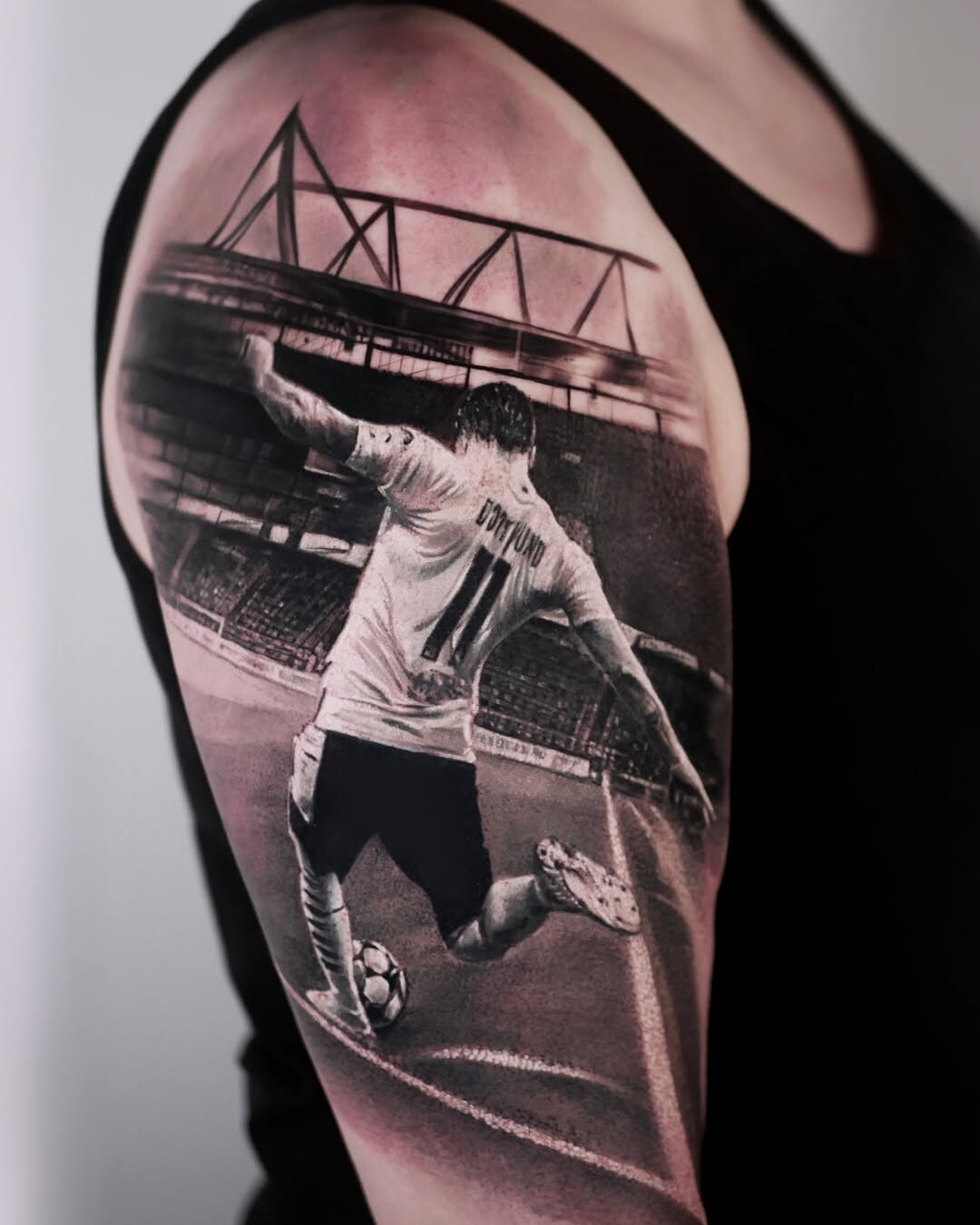
— What was the starting point in choosing your tattoo style?
— I’ve always loved drawing portraits on paper, and when I entered the tattoo industry, I already knew I liked working with realistic images. That’s how I chose my style — black and gray realism.
— What makes the “black and gray realism” style special?
— Realism in tattooing means creating images that closely match real-life objects. I’m drawn to this style because of its complexity — it allows for lifelong growth, with constant improvement in detail and opportunities to blend it with other genres.
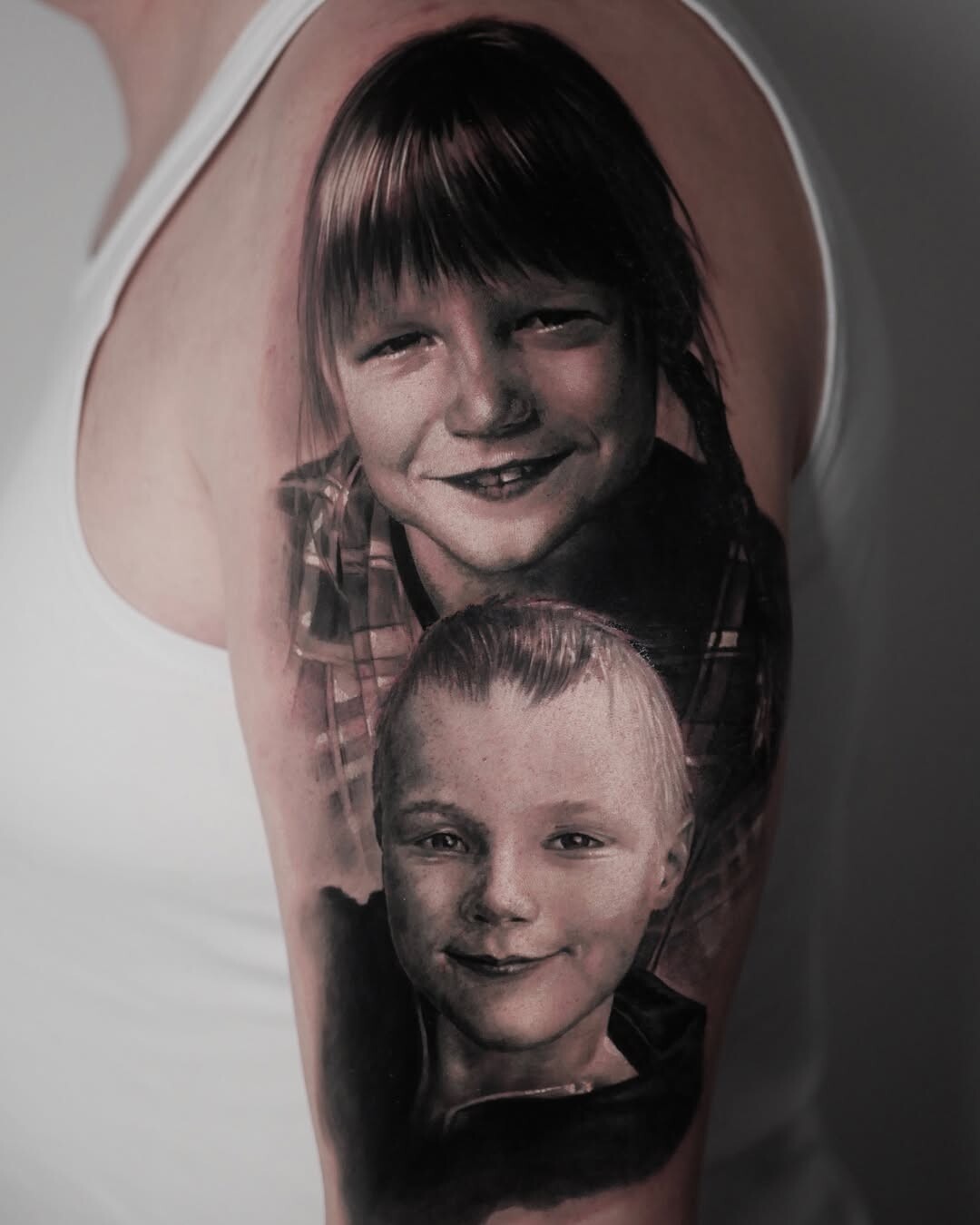
— You often work on covering scars and failed tattoos. Can you share an example where a tattoo helped restore someone's confidence?
— For many people, scars are a source of insecurity. One client had large burn scars on his arm. After I covered them with a tattoo, he stopped feeling self-conscious and started wearing open clothing, proudly showing off his beautiful tattoo instead of hiding a painful memory.
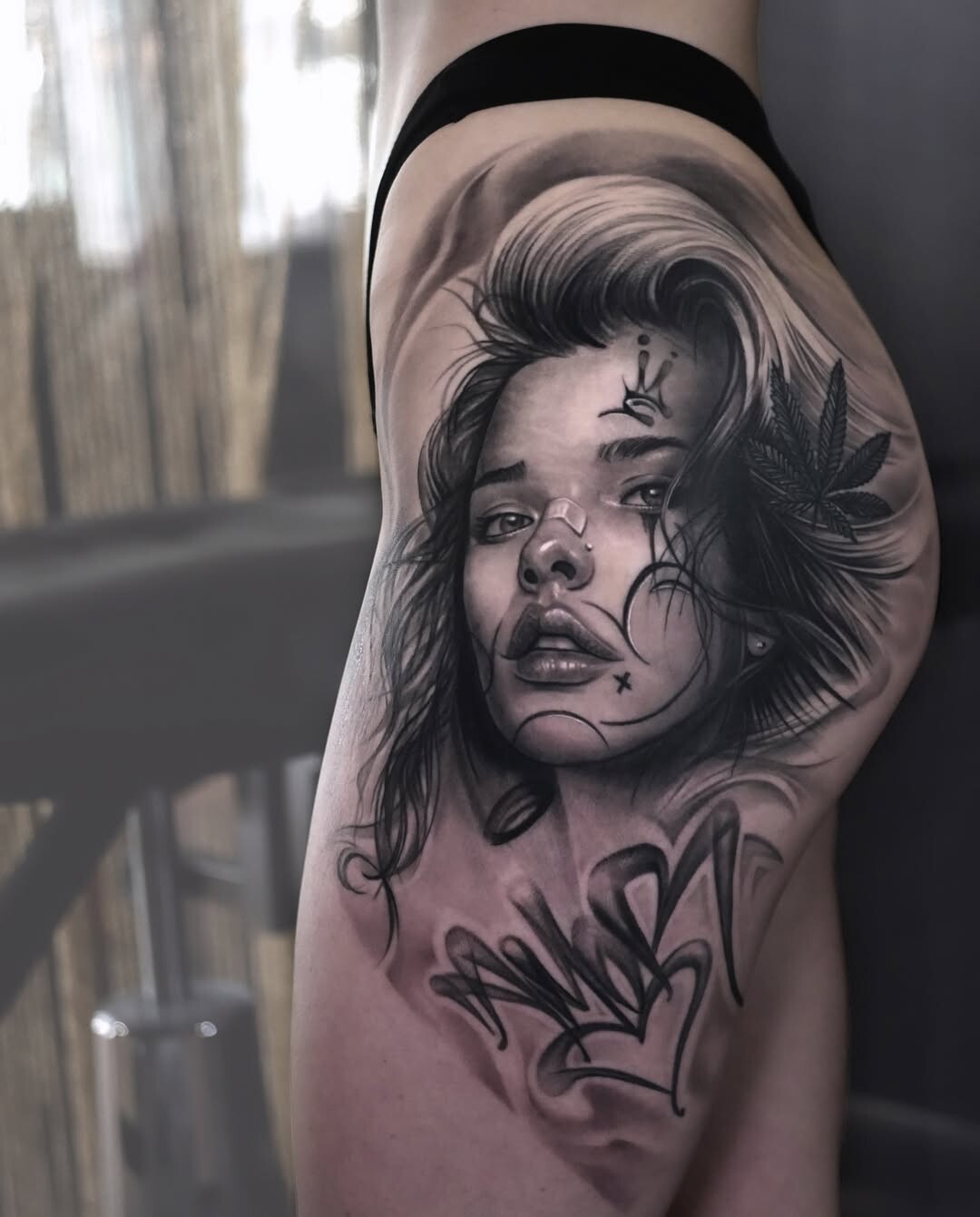
— What changed in your career after winning “Best of Day” at the Hameln Tattoo Convention in 2016?
— After participating in that convention and competing with many strong artists, I felt the urge to keep improving and maintain a high level in my work.
— And what do you remember about your “Best of Weekend” award in Neuwied? Was it a confirmation of your progress?
— Yes, definitely. I was happy to win. It confirmed that I was moving in the right direction — and that it was just the beginning.
— A year at No Regrets Cheltenham connected you with artists from different schools. Were there any techniques or hacks you brought into your own practice?
— Absolutely. That studio hosted incredibly skilled tattoo artists from around the world. We constantly exchanged knowledge and tattooing secrets with each other.
— Since 2020, you’ve been an ambassador for Tattoo Fix Care. What quality criteria in supplies do you consider essential for working in realism?
— Quality has always been a priority for me. I never cut corners when it comes to materials. I pay attention to ingredients and composition. Tattoo Fix Care’s formulas suit me perfectly, and I trust their reliability.
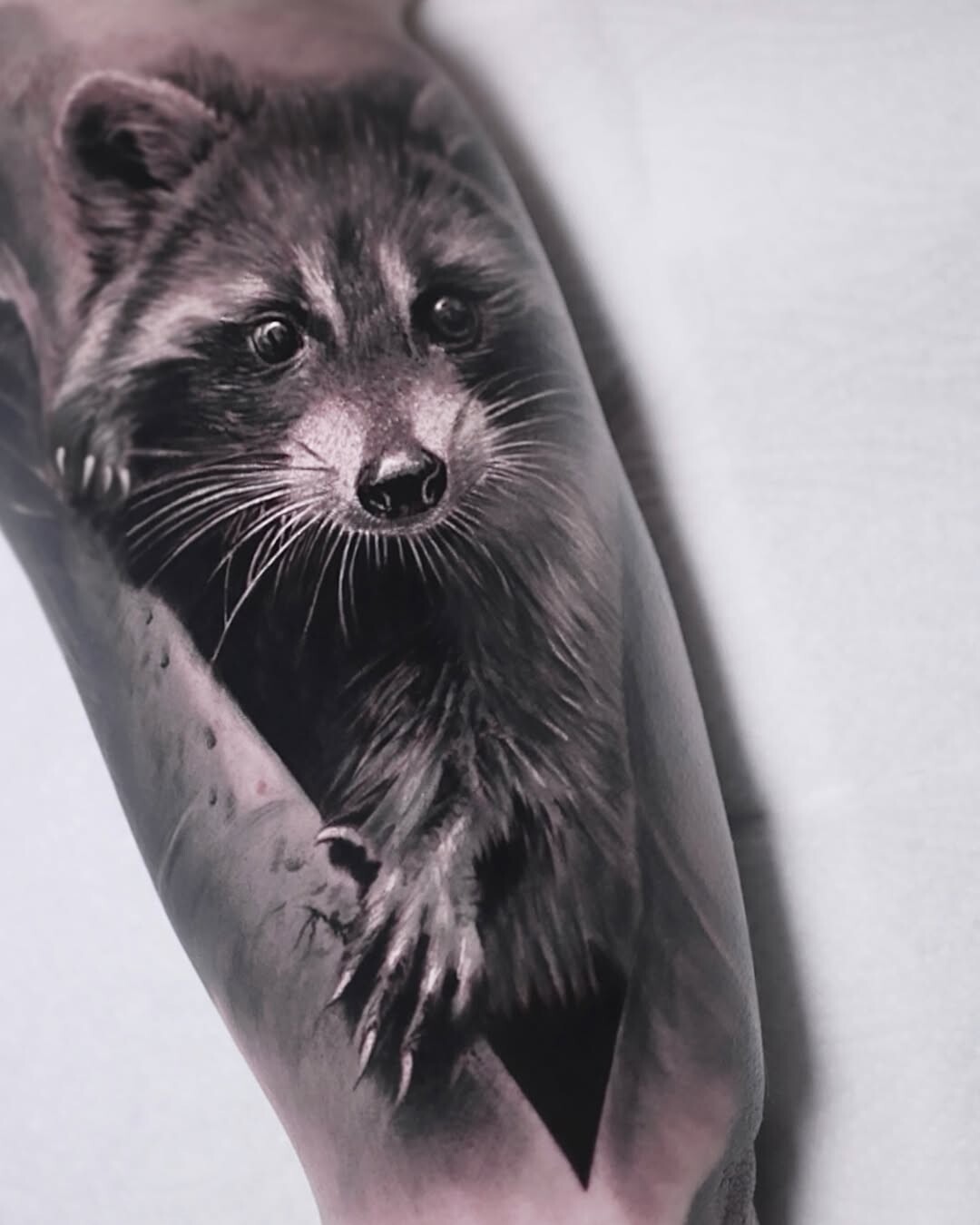
— You were invited to join the Emalla Pro Team in Europe. What does this collaboration mean to you?
— I really like Emalla products — especially their needles. They’re sharp enough, which is crucial for my style. I was happy to receive the offer and proud to be part of their team.
— Your Instagram is filled with large portraits. How do social media influence the themes and expectations of your clients?
— Based on my Instagram portfolio, most clients expect to get something similar to what they see there. It creates a clear perception and sets expectations for the result.

— It's known that some of your clients are Russian celebrities. How do you manage projects that must remain confidential?
— If a client requests confidentiality, I always respect that. It’s a matter of professional ethics.
— You emphasize the importance of technical workflow. What are the three most common hygiene or setup mistakes you see among beginners?
— I recommend that beginners study under experienced professionals. Nowadays, it’s accessible to everyone. This kind of learning helps avoid most technical and hygiene-related mistakes.
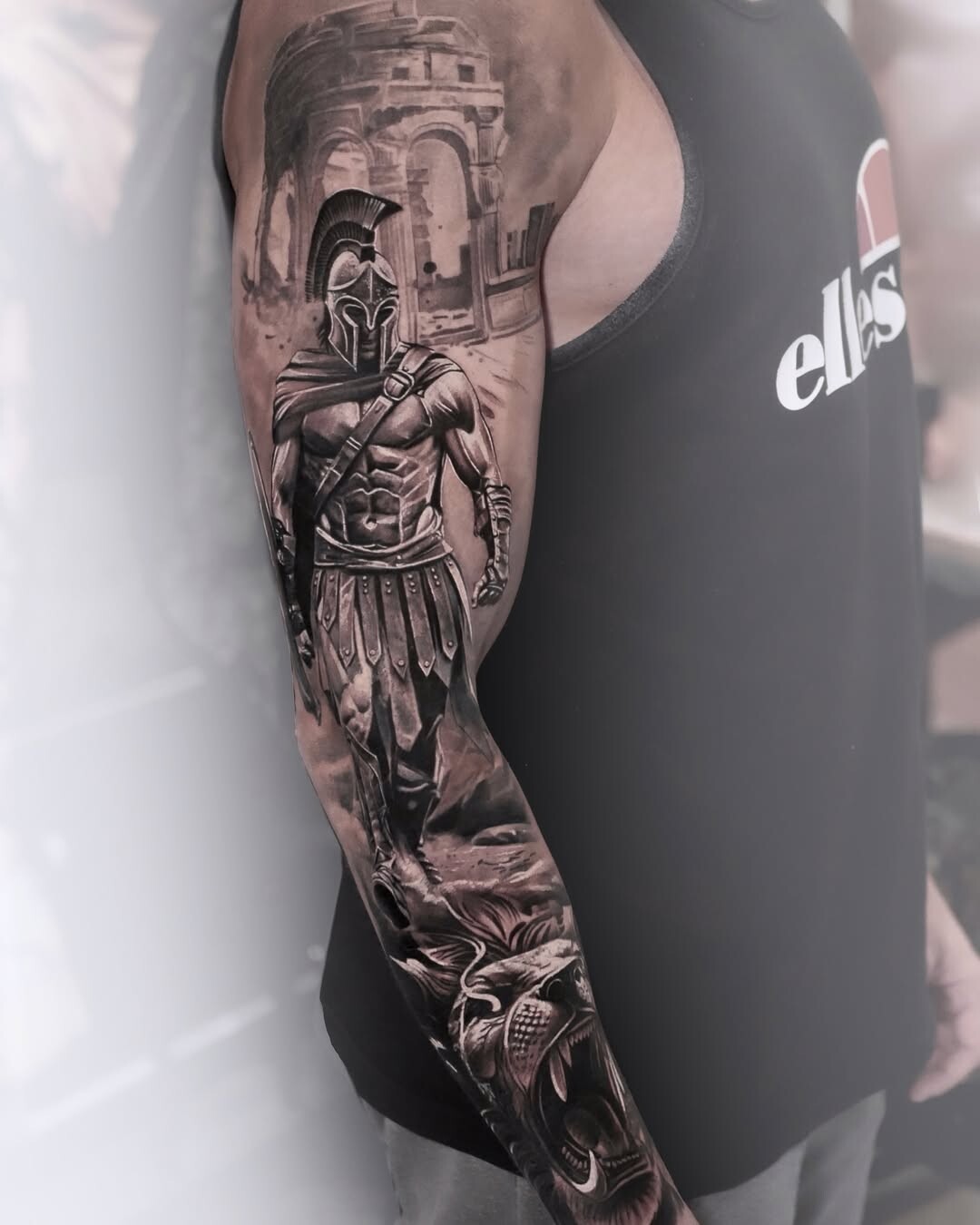
— You’re planning masterclasses and merchandise. How do you envision the structure: short in-person intensives or long online courses?
— I'm interested in both. In the future, I plan to implement both in-person intensives and full-length online courses.
— You've worked as a tattoo artist in Germany. What’s unique about the tattoo industry there?
— Tattooing is very popular in Germany. People like to stand out and try different styles. There are many artists from around the world, and you can find truly creative approaches and talented professionals there.
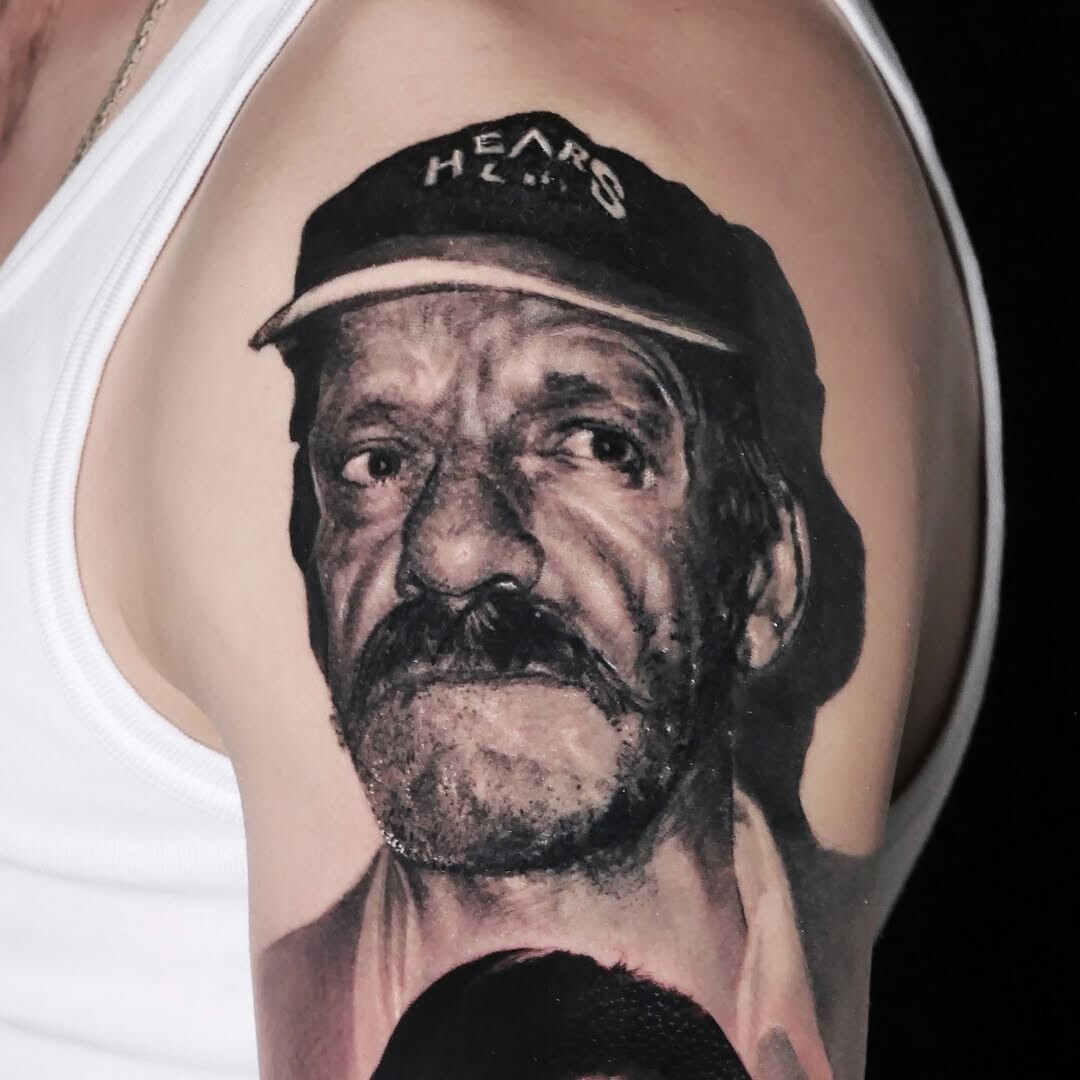
— What are your plans for the next few years?
— Self-development and fulfilling my creative potential as a tattoo artist are top priorities in my life. I want to achieve more than just good work.
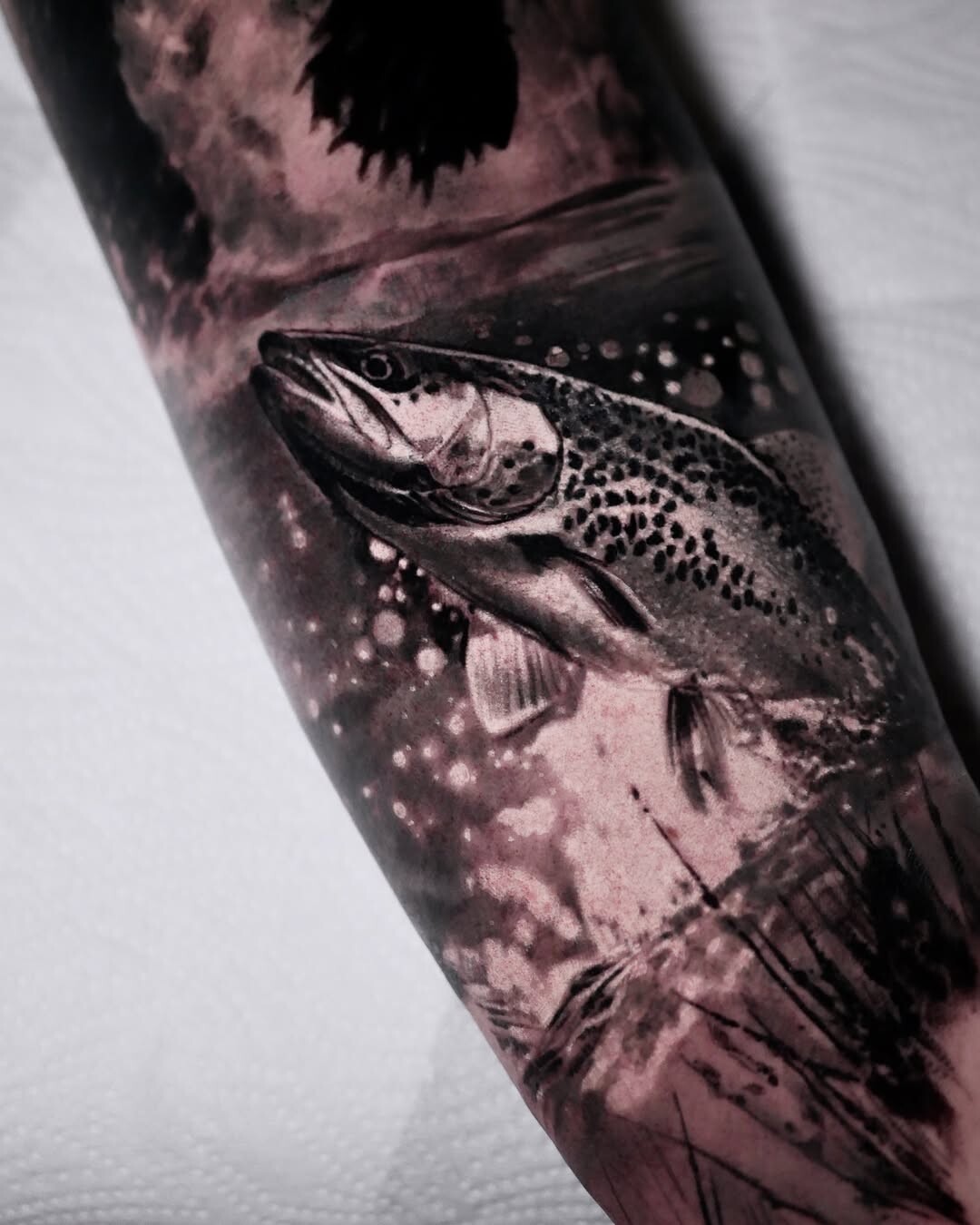
— What personal principles help you stay inspired and continue growing professionally despite a busy schedule and competition?
— I feel that I can still achieve much more in this profession. So I never really have to search for inspiration — I simply keep moving forward.
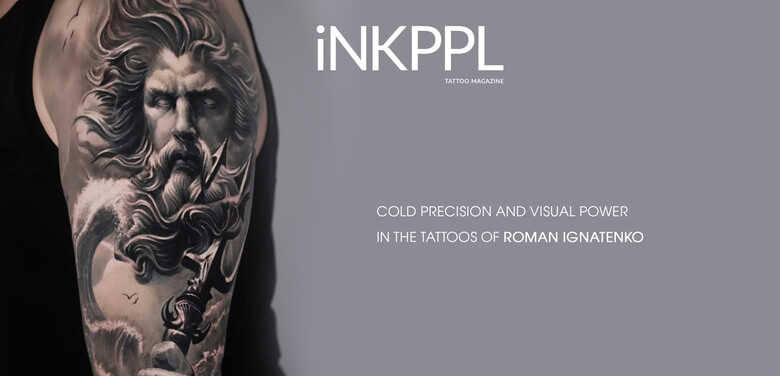

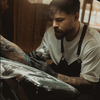
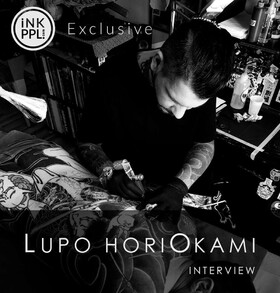
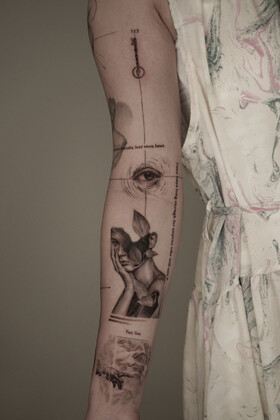
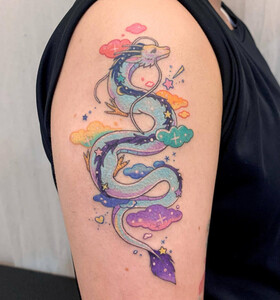
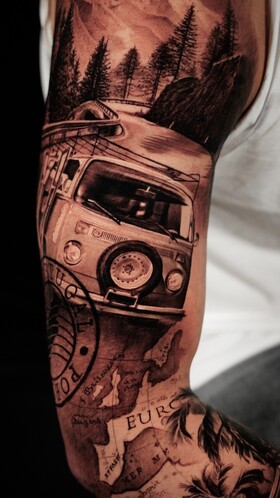
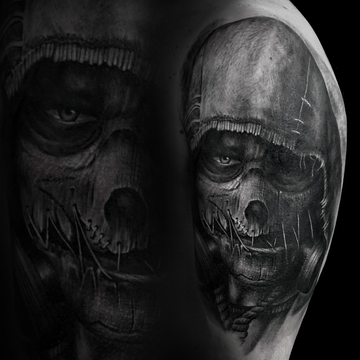
Comments (4)